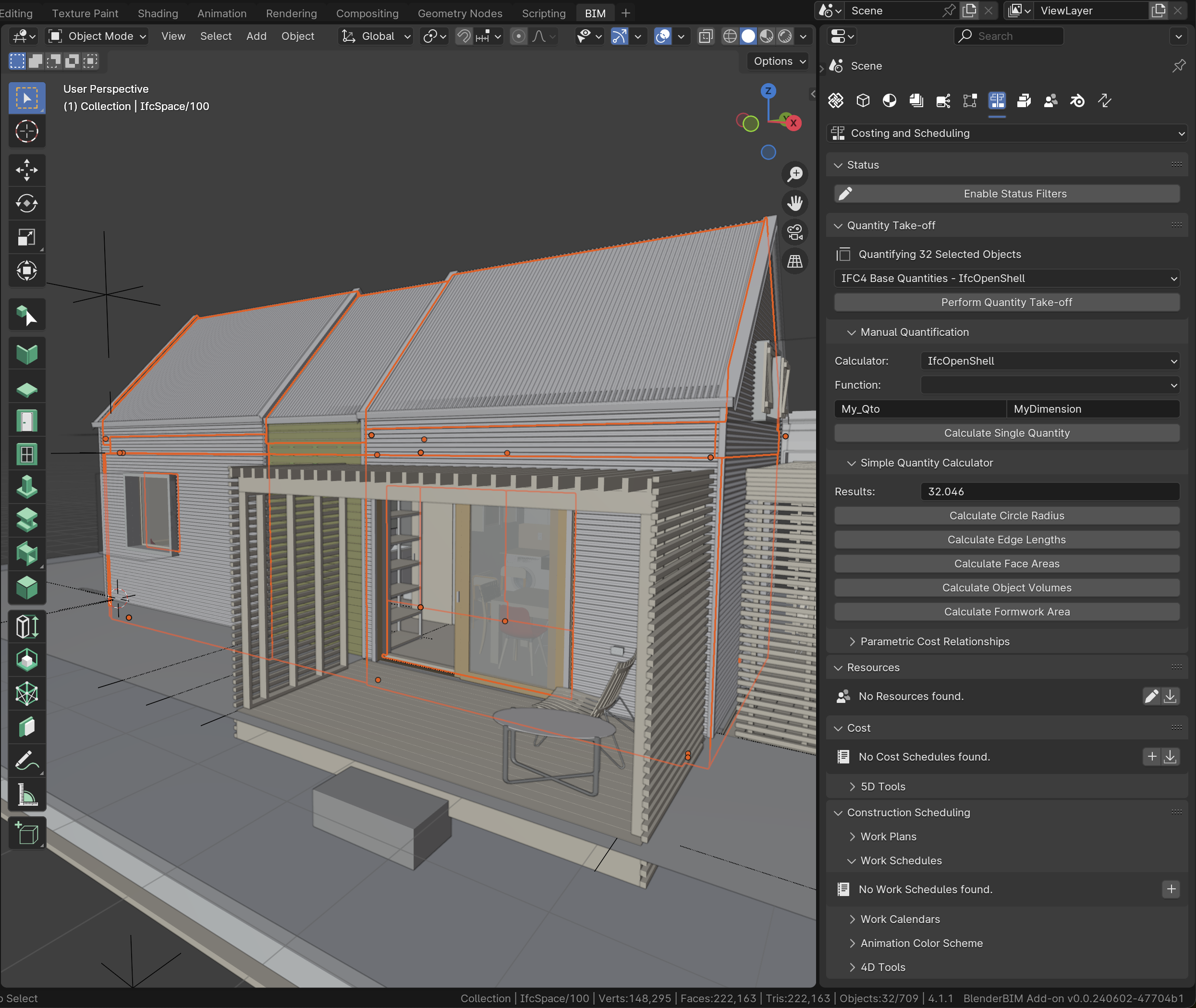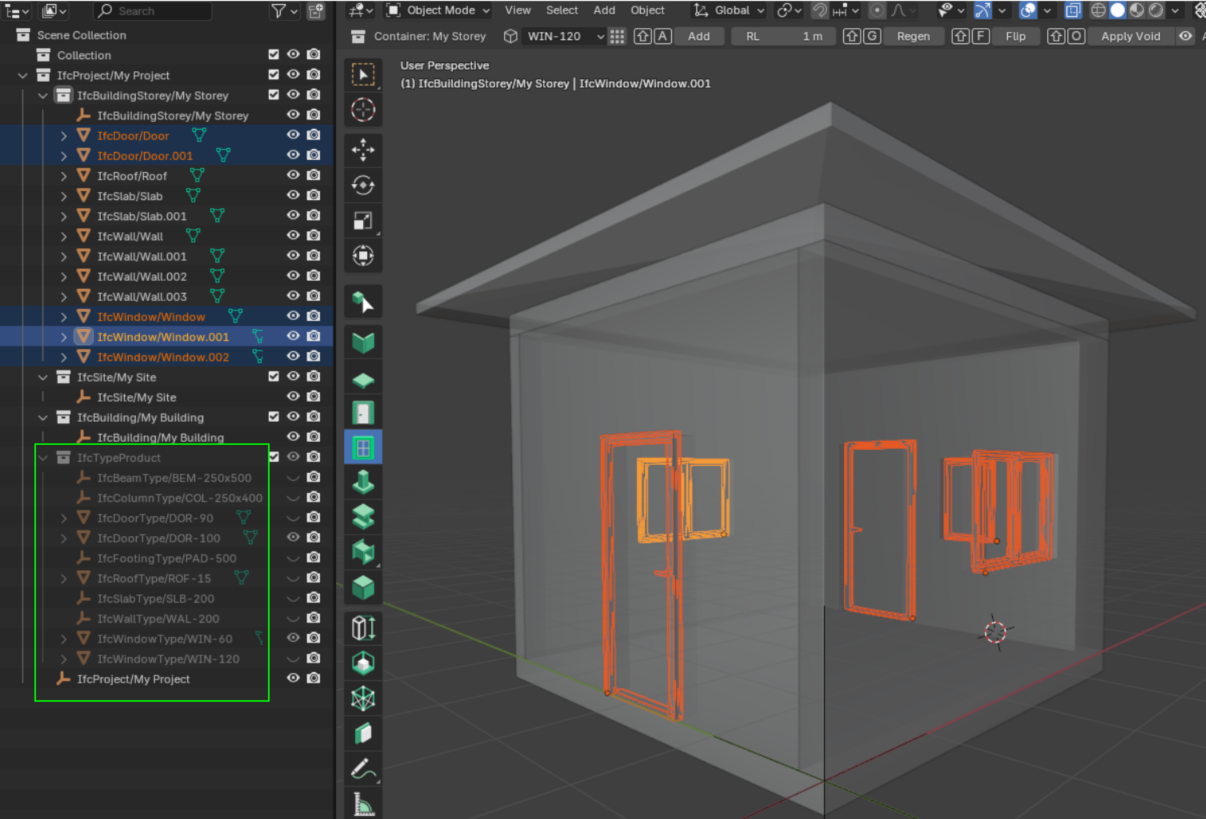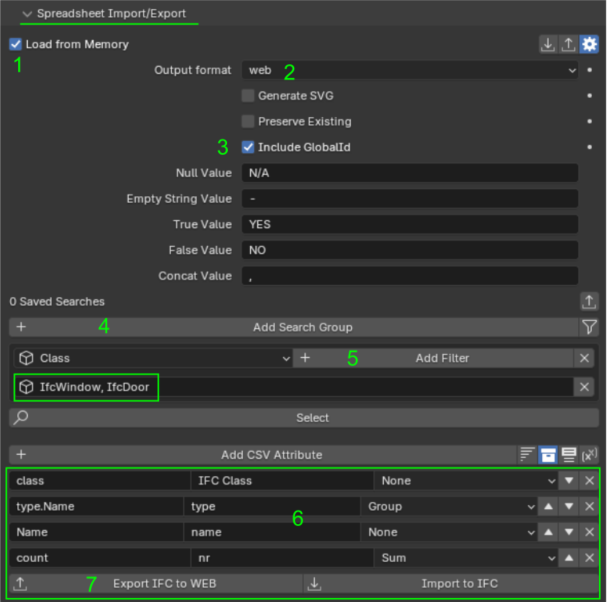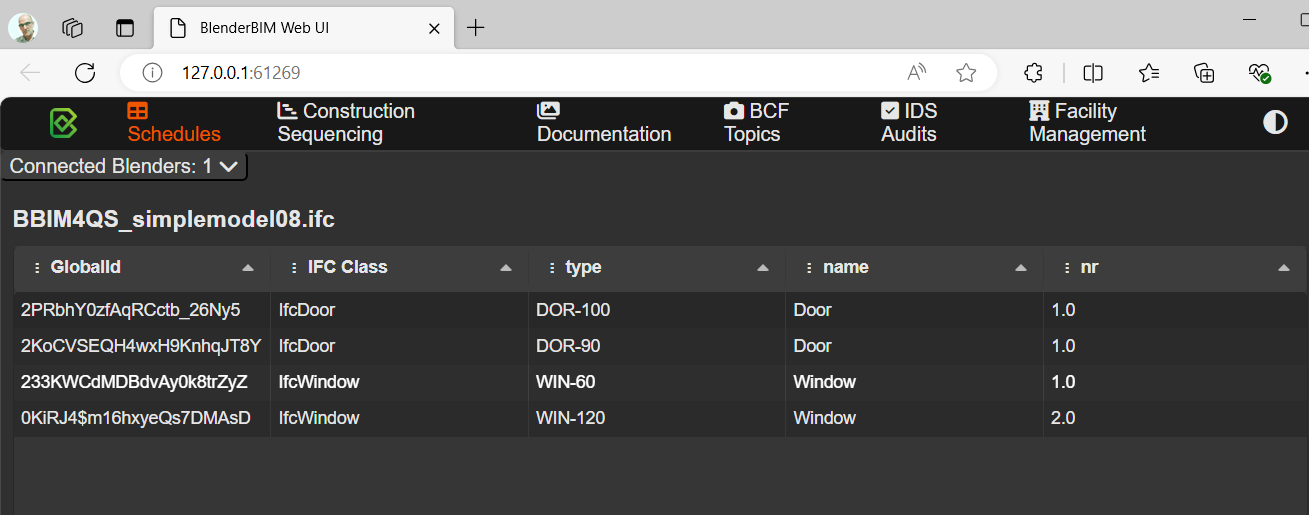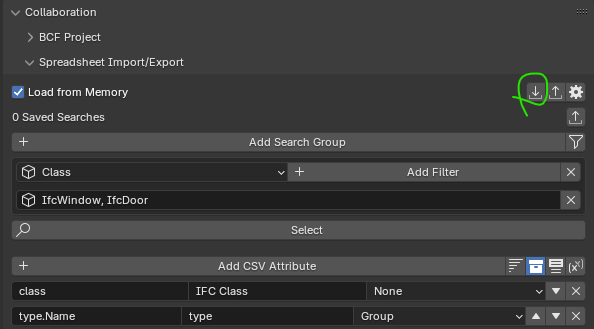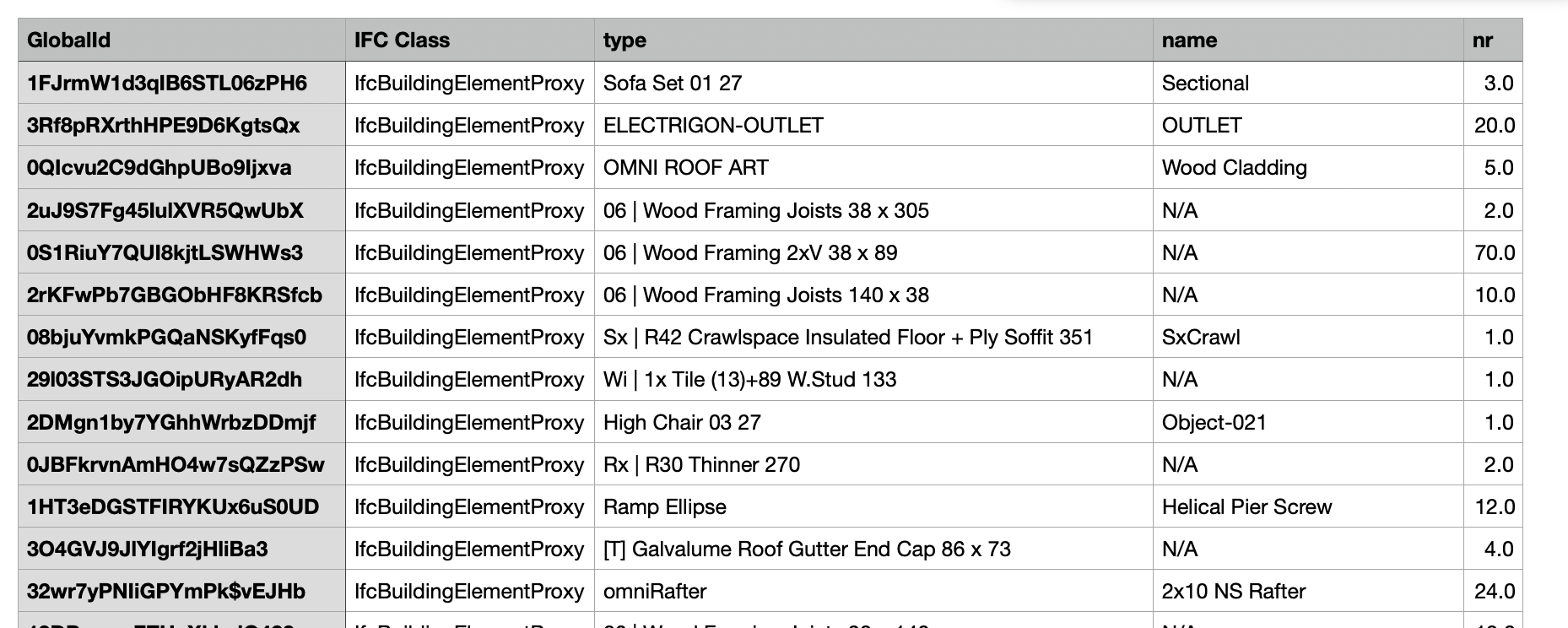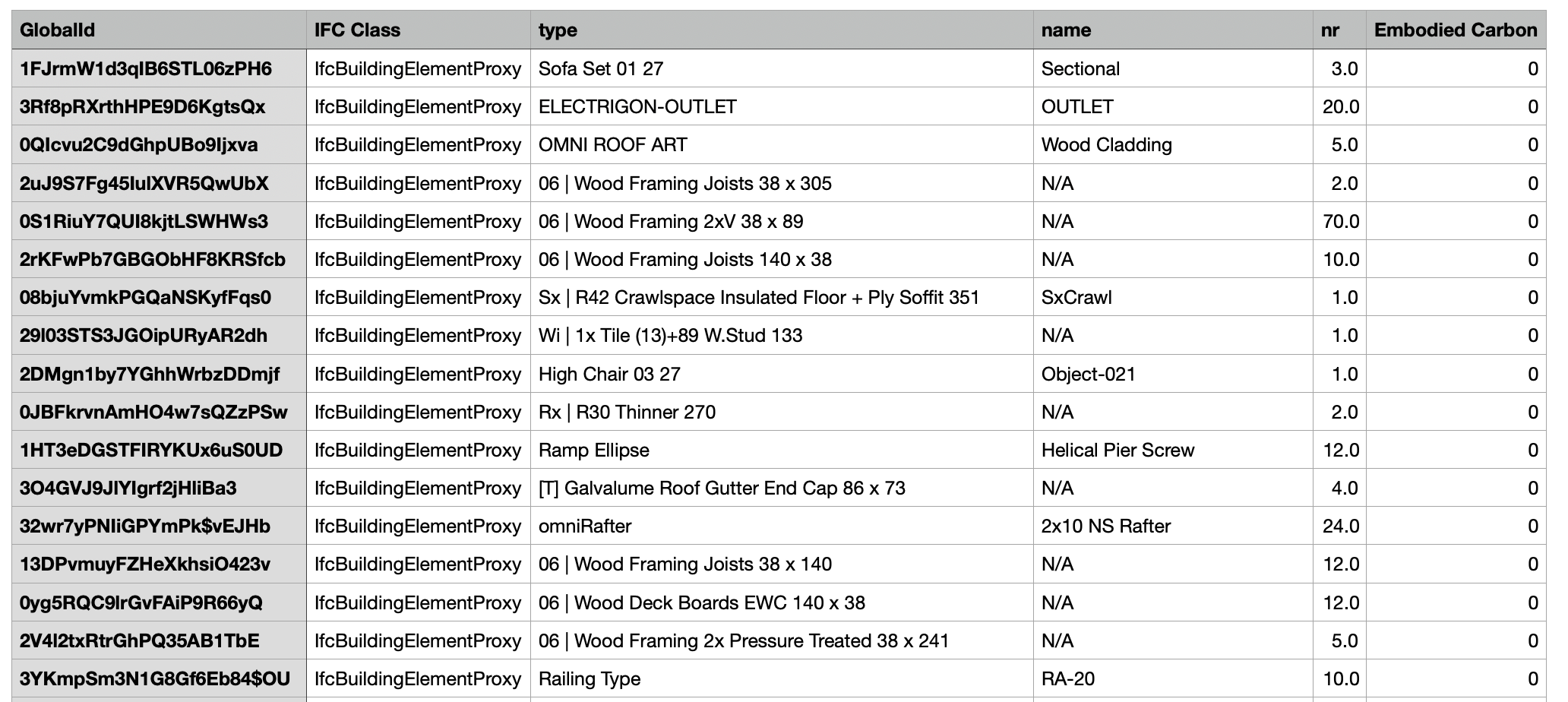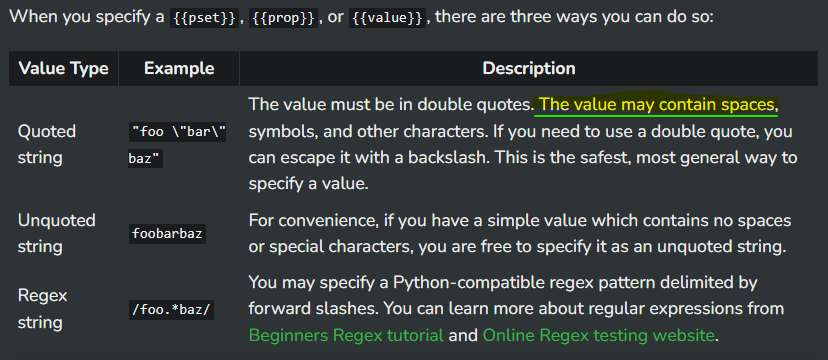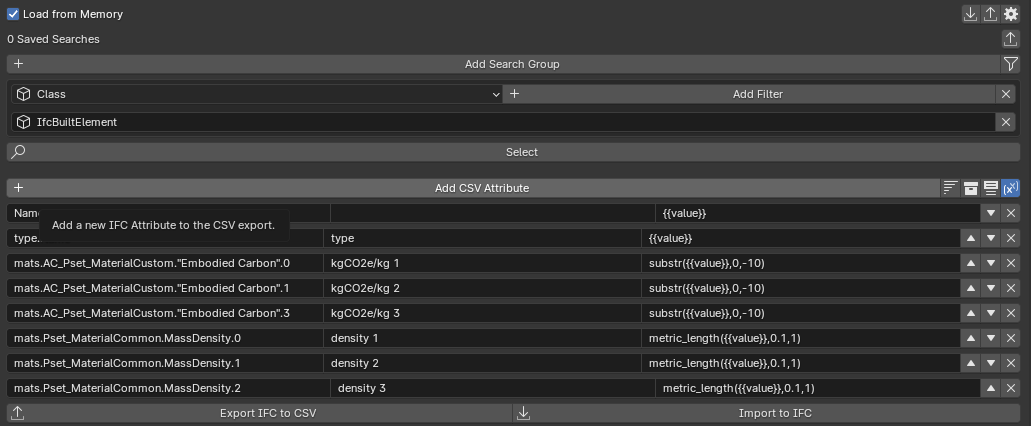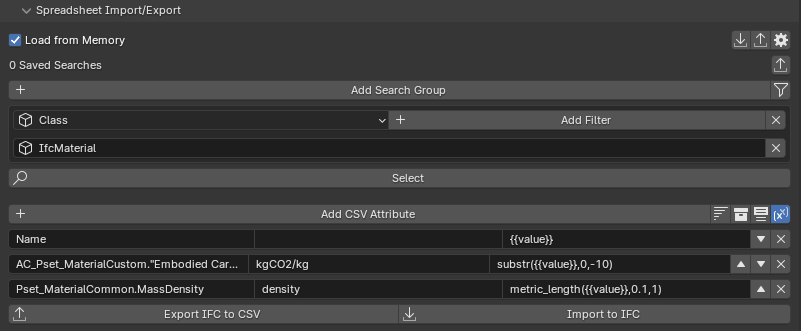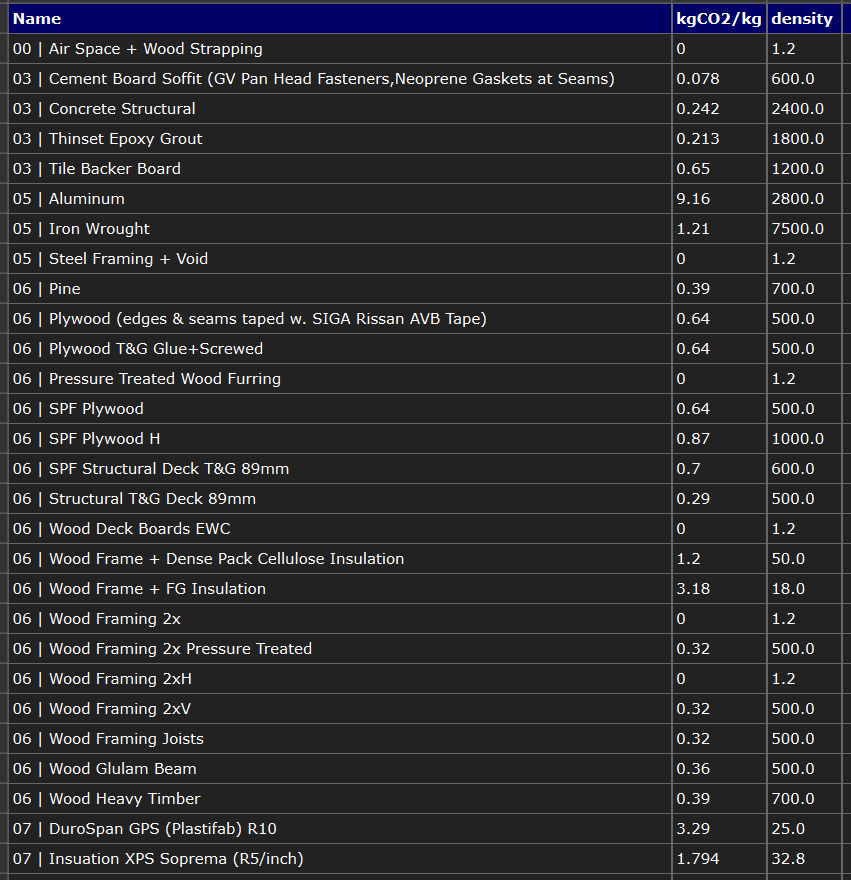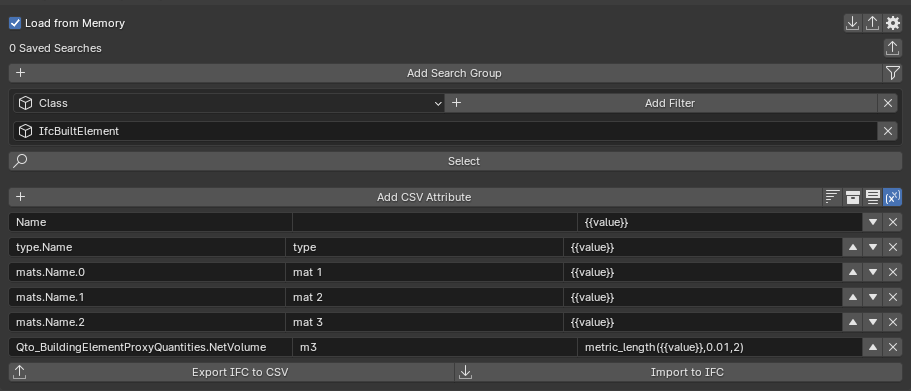Hi @inshaA :
let me try to help you out with your questions:
Hi all, I am new to BIM and I am eager to learn, Can anyone help me understand how to get the quantity of:
• The bricks used for a wall
it all starts with how BlenderBIM (BBIM, this name is going to change soon by the way) handles quantity take-off tasks
please see the link at the bottom from where you can watch some quick 'n dirty clips I prepared in the past on the subject (extracting quantities from a BIM model using BBIM), but I would recommend a great source of information that are the videos from @SigmaDimensions on YouTube, this is the most recent covering the 5D subject, which is the cost dimension of BIM
some elements in the user interface have been updated so you might find slight differences here and there compared to more recent releases of BBIM
once the quantity (length, area, volume) of the elements in your model is known, then you can apply any common approach used in Quantity Surveying or QS
there are countless examples and tutorials online, but you need to know the area of your walls first of course, and here is where BBIM truly excels
• The concrete used for a Column, Beam, slab or the structure
same applies
• The number of tiles/blocks used for a given surface
similar to bricks in a wall, it all begins with knowing the area of the surface at play and apply the required formula
• The number of pipes and fixtures used for plumbing, electrical, fire & HVAC
here gets a bit tricky for me because I haven't had the chance to fully dive in the MEP (Mechanical, Electrical, Plumbing) features in BBIM but I count on catching up soon.
I am ok with counting fixtures and measuring conduits, pipes etc. but using BBIM for MEP modeling and quantity take-off still has a few grey areas I need to clarify at the moment
• The length of wires used for electrical work
same as above
• The quantity of mortar being used for a wall plaster including the number of cement bags, quantity of plaster sand and quantity of water.
again, once you know the mix ratio of the mortar (or the proportion of its elements like cement, lime, and sand), and you know the area of the wall, it's just arithmetic
• The quantity of steel used for the given Column, beam, slab or whole structure.
in my experience (I work as a quantity surveyor) I use average percentage of steel per type/size of concrete element, this comes from having run a number of tests (by just measurig and counting the reinforcement element of several samples and develop its weight per m² or m³) to build up some benchmarks or directly from the structural engineering drawings indicating it.
To be honest I haven't had the time or priority to model rebars details in BBIM and extract quantities from the same model, but some other users reading this surely have a better understanding and could be willing to contribute (not how to extract quantities from a bar bending schedule, rather how to automatically generate one in BBIM provided the model is detailed enough to support it and this feature is currently available)
A suggestion of how and where to apply the M15, M20, M30 & M40 grade concrete, additionally the recommended quality of steel to be used as and where applicable according to industry standards would be of great help.
interesting question
in BBIM you can use (among others) material resources and, starting from the mix ratio (for instance, as you know M15 uses 1:2:4 by dry volume indicating 1 part of cement, 2 of sand, 4 of aggregates) you can extract and organize your quantities accordingly
but this does not answer your question how and where to apply.. I believe you need to understand the subject first, BIM is a fantastic tool but it does not spare you from having sufficient knowledge of structural design
something worth mentioning: you need a BIM model to practice, I stronlgy recommend to start with a very simple one and move on from there
to summarize:
In my opinion understanding BIM in general can be daunting at first but I can guarantee you it's worth the challenge and efforts, plus it pays back with interest in a relatively short time, in my experience it has been, quite literally, a revolutionary tool
this community gave me a tremendous help and support and it seems only fair to me to return it in case someone needs information in a field where I can be of assistance
kindly advise
cheers
link to my clips
